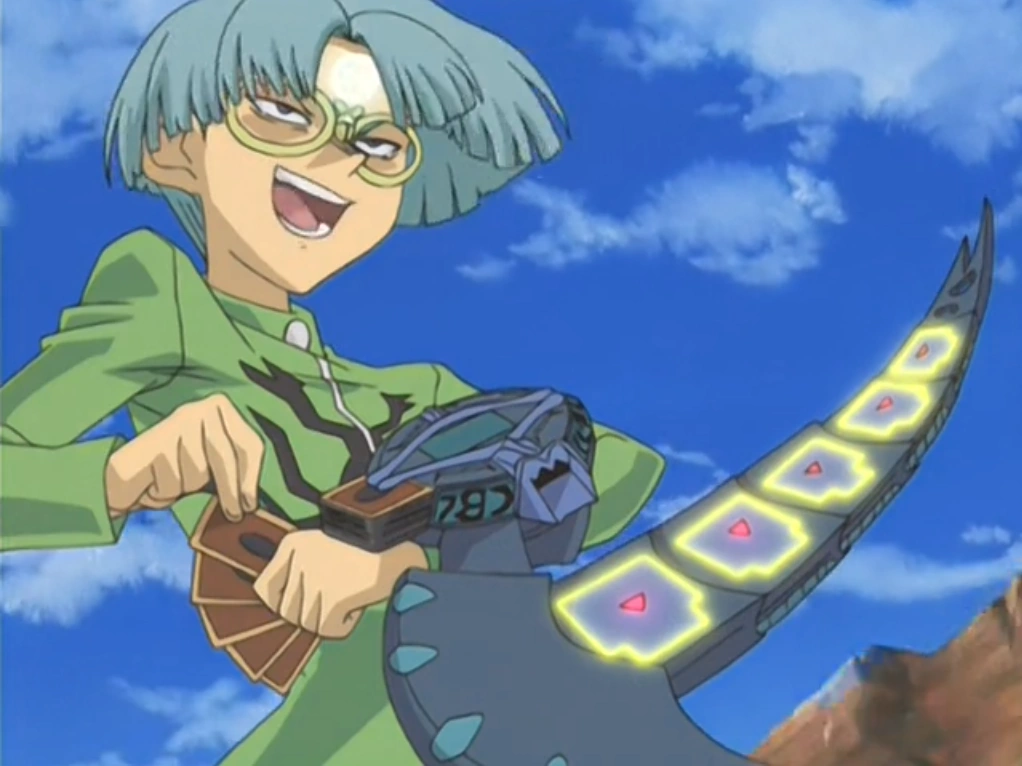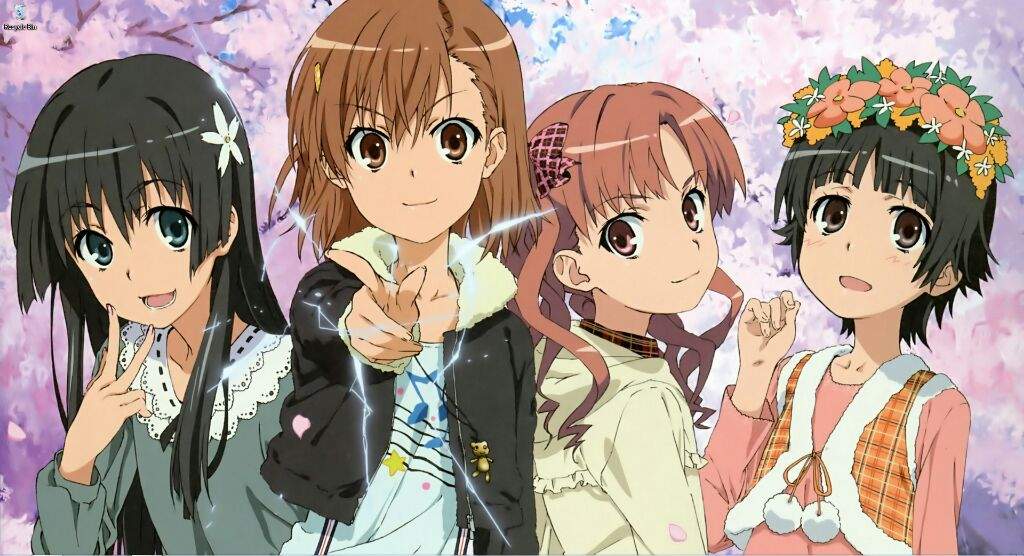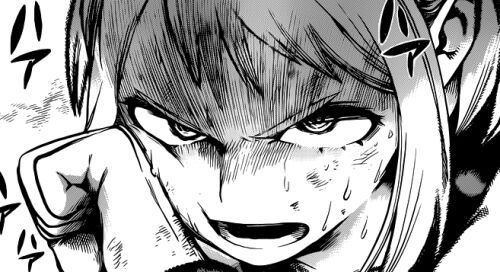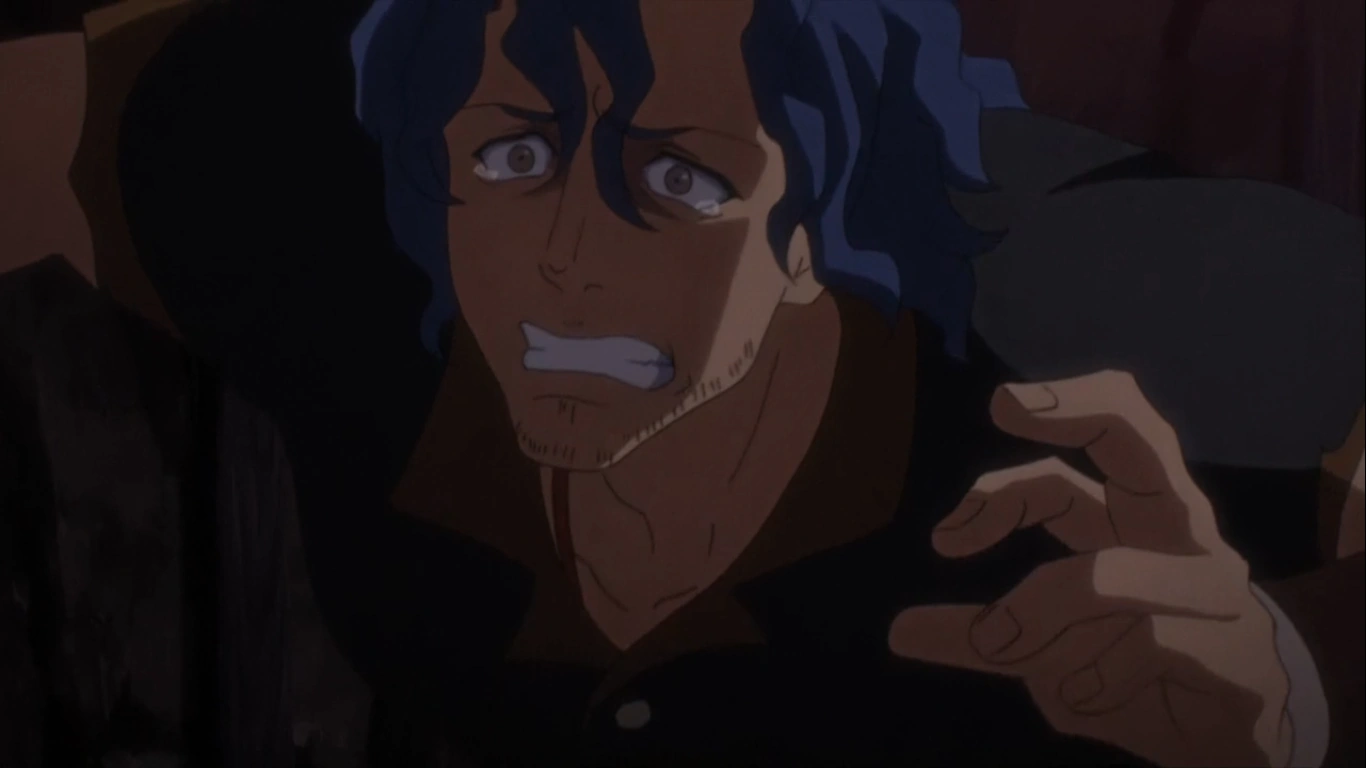Sometimes anime characters start talking… a lot. The main selling point of animation is supposed to be things happening and people moving, so building a scene around just talking is a different kind of art and a test for both the staff and the seiyuu supposed to carry the scene. Here are some favourites for that kind of scene. I would call those monologues, but most of these are technically dialogues in which whatever response one side of the conversation can offer ends up not mattering against the verbal onslaught the other carries out.

When Supernatural Battles Became Commonplace – Hatoko’s outburst (ep.7)
Inou Battle is studio Trigger’s mostly forgettable second series. However, it does have this scene, which is sure to keep it relevant at least as long as Hayami Saori remains active as a voice actress. Type “inou battle hatoko” into youtube and you can quickly get this scene as the top result.
Hatoko’s three-minute-long tirade is a result of years and years of pent-up frustration finally exploding. The initial stage is that of (plenty justified) anger at being brushed off once too often by a dear friend. But as further layers peel off, we see the sadness and finally desperation come to the surface. Were Hatoko just angry, an opportunity to let off some steam might have been enough. But here, the deeper issue is Hatoko’s fear and powerless frustration at seeing someone dear moving further and further away from her, beautifully expressed by the voice acting.
Hayami Saori pulled the scene off with no retakes during recording. Which just makes me imagine her verbally abusing her room mirror in preparation.
![[FFF] Tokyo Ravens - 22 [BD][720p-AAC][8FB73474].mkv_snapshot_15.52_[2018.05.20_15.00.38]](https://yaranakya.files.wordpress.com/2018/05/fff-tokyo-ravens-22-bd720p-aac8fb73474-mkv_snapshot_15-52_2018-05-20_15-00-38.jpg?w=500)
Tokyo Ravens – Kon chastises Harutora (ep.22)
As most people already know, Asian languages tend to put a lot of weight on politeness, sometimes to a fault. It can be difficult to talk frankly and firmly with your superiors, even when the situation absolutely requires it.
Kon is a living example of this, as her nature as a familiar and complete and utter devotion to her master make her unwilling to even consider the possibility that Harutora is in the wrong, much less bring up such doubts out loud. But when the situation gets dire and her desperate master is about to get manipulated by the resident pair of villains, Kon is ready to grasp the nettle.
What follows is the most polite trashing session of Harutora’s life. Expertly using both the carrot and the stick, Kon first makes her master realise that he is an idiot and traitor to the memory of his beloved, and then uses his own words to lead him towards an ambitious, but more productive course of action. Listen as her tone shifts from trepidation to a no-nonsense bark, then to honeyed cajoling, and ultimately to a firm declaration of what should be done.
And then tail-wiggling ensues.
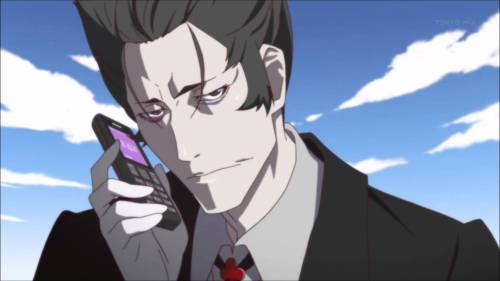
Monogatari series – Kaiki Deishuu talks Nadeko out of being a god (S2, ep.26)
Well, the Monogatari series is all about characters endlessly talking to each other (or having internal monologues) and is thus ripe with examples. But while the main Araragi-centric narrative tends to get a bit preachy with its take on character flaws, letting two side characters duke it out during the conclusion of Nadeko Medusa/Hitagi End brings something fresh and enticing to the series.
Part of it is the obviously high stakes involved – Kaiki’s words are the only thing standing between him and death. Another thing is that, to quote the show: “Araragi is a bad influence on Nadeko”. During Nadeko’s introductory arc, she is close to being a non-character. Here, in Araragi’s absence, she gets a chance to shine with her own flaws and quirks. Finally, as the show also admits, Kaiki is the right person for the circumstances. As the sly conman somehow manages to steer the potential bloodbath towards a surprisingly wholesome resolution, the viewers are left with full freedom of interpretation regarding the feelings and true intentions of the characters involved.
![[Mazui]_To_Aru_Kagaku_no_Railgun_-_24_[F64E8354].mkv_snapshot_11.40_[2018.05.20_14.53.32]](https://yaranakya.files.wordpress.com/2018/05/mazui_to_aru_kagaku_no_railgun_-_24_f64e8354-mkv_snapshot_11-40_2018-05-20_14-53-32.jpg?w=500)
A Certain Scientific Railgun – Uiharu’s pretend-conversation with Kihara (S1, ep.24)
The finale of each Railgun season makes sure to give each character their time in the spot light, the catch being that half of the characters can blow up buildings with reality warping powers, while the other half could not handle a rabid dog if necessary. Still, the conclusion to the first season proves there is many a way to be badass as Uiharu figures out the location of the villain’s trump card and passes the information on to her hidden comrade all while keeping the villain in question occupied and unaware of what is going on. The heart of this faux-conversation is revealed in the very first line:
Capacity Down desu ne!? / That’s Capacity Down, isn’t it!?
This should be as basic a Japanese sentence as it gets, except for the single emphatic particle at the end. And when asked what emphatic particles like the above “ne” (or others like “yo”, “zo”, “ze” and the like) actually mean, the usual explanation is that they do not mean anything by themselves, rather adding colour to a sentence. “Ne” can be used to soften a statement while also seeking confirmation or approval from the listener – thus some of the sub groups render it as “isn’t it” in the translation. But the key point in this case is that the particle singularly controls the theme/rheme distinction for the sentence. In other words, it signalizes that the information contained in the sentence is common knowledge and old news (the theme) for both the speaker and the listener, rather than something new the speaker wants the listener to understand (the rheme).
In this scene, Uiharu has to succinctly and clearly explain what Capacity Down is and how to deal with it to Saten, who is listening in on the conversation from her hiding place but has little knowledge of and is unable to experience Capacity Down the way espers do. At the same, she has to use various tricks like the above to keep up the charade that she is talking to Kihara to prevent her friend from being detected. All that while her head is being torn apart by the Capacity Down signal and with a deadly mech closing in on her. Sweet stuff.


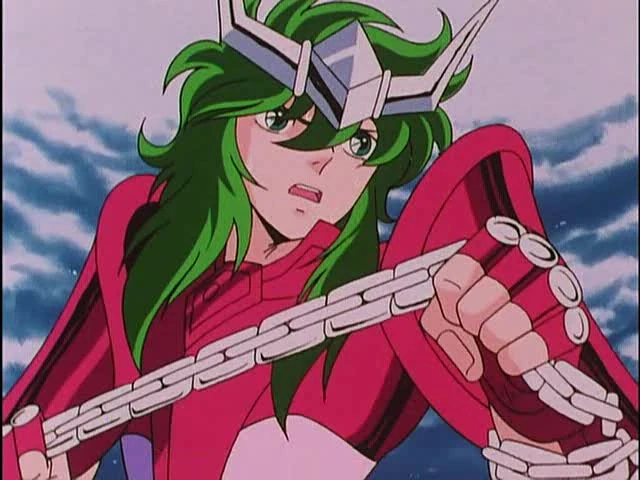 This Saint Seiya (aka Knights of the Zodiac) character had many viewers confused regarding his or her gender… and apparently, that applied to the translation staff, too. Rumour has it that Shun would switch genders between episodes depending on who was doing the translation at the time.
This Saint Seiya (aka Knights of the Zodiac) character had many viewers confused regarding his or her gender… and apparently, that applied to the translation staff, too. Rumour has it that Shun would switch genders between episodes depending on who was doing the translation at the time.

 Slayers Try
Slayers Try
